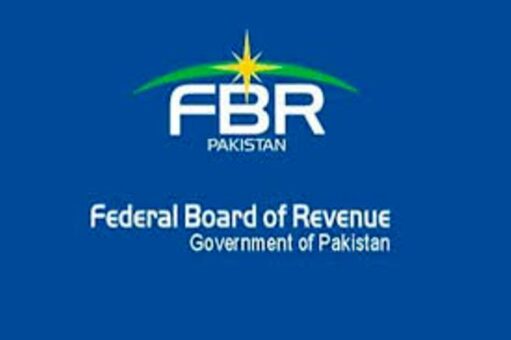The Federal Board of Revenue (FBR) has introduced significant amendments through the Finance Act, 2019, bringing gold, jewelry, and other precious articles into the sales tax ambit by implementing reduced rates on supplies.
These changes, now incorporated into the Eight Schedule of the Sales Tax Act, 1990, are aimed at broadening the tax base while easing the burden on these high-value sectors.
Under the new regime, the sales tax on gold, when in its unworked condition, is now set at a nominal rate of one percent. This applies to gold falling under the Harmonized System (HS) Codes 7108.1100, 7108.1210, and 7108.1290.
For articles of jewelry or parts thereof, crafted from precious metals or metals clad with precious metals, the tax structure is slightly more complex. Falling under HS Code 71.13, these items are now subject to a 1.5 percent sales tax based on the value of the gold used. Additionally, there is a 0.5 percent tax on the value of any diamonds incorporated and a three percent tax on the making charges.
The FBR has stipulated that no input tax adjustment will be allowed except for the tax paid on gold. This means that jewelers cannot claim deductions for taxes paid on other inputs or materials used in the production process, simplifying compliance but potentially increasing costs for businesses.
In addition to these changes, the FBR has imposed a three percent value addition sales tax on all imported goods, with certain exclusions outlined in specific conditions and procedures. However, this value addition tax will not apply to gold and silver imports, providing some relief to importers of these precious metals.
The introduction of these reduced rates is expected to formalize and regulate the gold and jewelry market, which has traditionally operated largely outside the formal tax system. By setting nominal tax rates and excluding certain value addition taxes, the FBR aims to encourage compliance and bring more transactions into the documented economy, ultimately increasing tax revenues while supporting the growth and sustainability of the jewelry sector.
